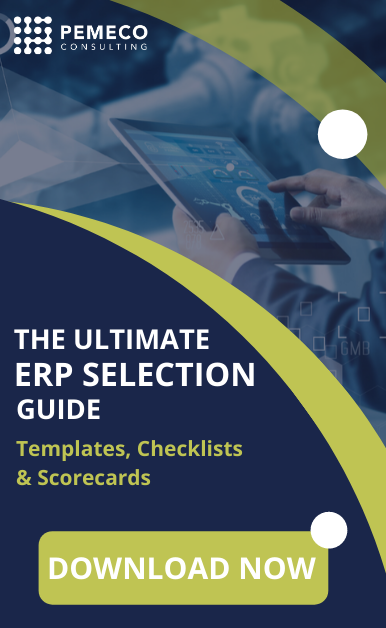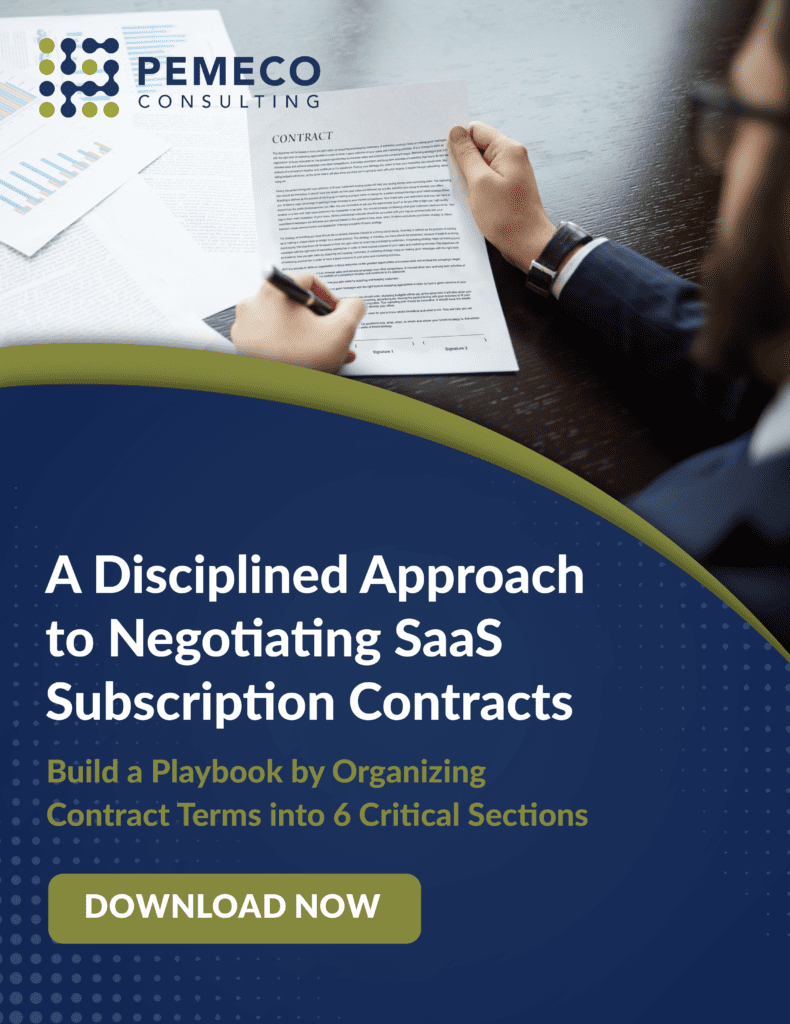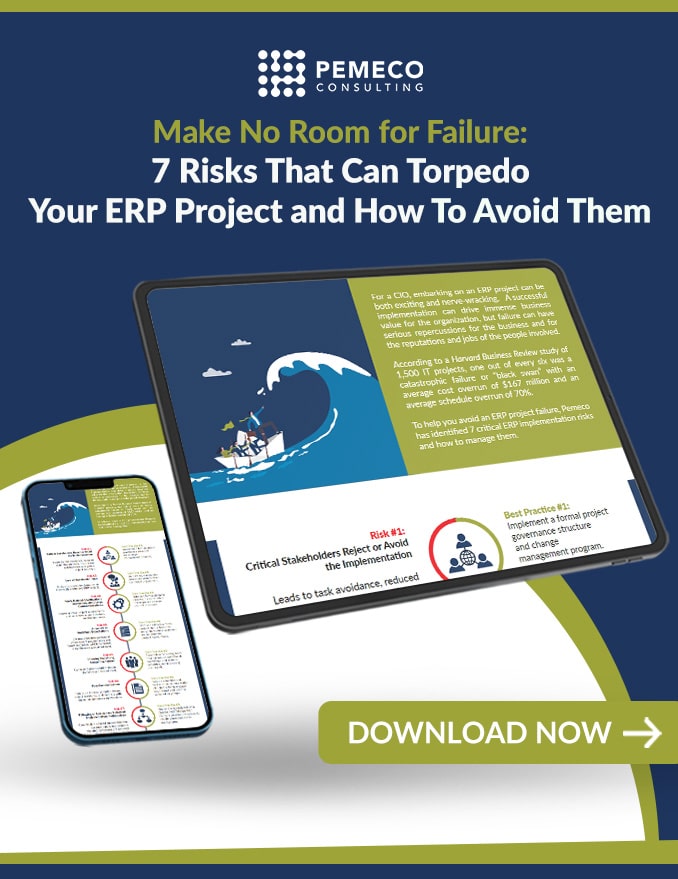ERP implementations can be complex and unpredictable. Projects often run over budget, miss key deadlines, and frustrate the very users they’re meant to empower. Even with a skilled team and a detailed plan, progress can feel slow and fragmented. Testing drags on. Data migration introduces new issues. Training doesn’t stick.
Yet many teams are overlooking a practical way to ease some of these challenges.
If you’ve used ChatGPT to write an email or Copilot to summarize notes, you’ve already seen what generative AI can do. So why not apply it to your ERP implementation?
When used thoughtfully, generative AI can be a powerful complement to your implementation efforts. It won’t resolve every challenge, but it can streamline tasks that typically drain time and like drafting documentation, writing test cases, or building training content. By accelerating repetitive work, teams can spend more time solving the tough, strategic problems ERP projects inevitably raise.
Here are five practical ways generative AI can accelerate your ERP implementation:
Accelerated Test Script Development
Test scripts validate whether ERP configurations align with real-world business processes.
Before AI: QA teams spent weeks writing scripts, aligning with stakeholders, and adjusting to shifting requirements.
After AI: Role-based test cases are generated in minutes. This enables broader test coverage, faster validation, and fewer go-live issues, especially for lean teams on tight timelines.
Intelligent Process Mapping and Documentation
Future-state process documentation is essential for aligning business users and system integrators.
Before AI: Weeks of workshops, stakeholder interviews, and versioned Word docs exchanged over email often delayed sign-off and introduced misalignment between business and IT.
After AI: Meeting transcripts convert directly and automatically into detailed process maps, SOPs, and visual workflows. Documentation cycles shrink from weeks to days with clearer outputs and faster alignment.
Automated Data Migration Scripts
Migrating your legacy data into the new ERP is a high-stakes task that, if mishandled, can derail the entire project.
Before AI: Extract-transform-load (ETL) scripts were developed manually, requiring tedious field mapping and repeated trial-and-error. Errors surfaced late and triggered costly rework.
After AI: Generative AI generates ETL scripts, recommends transformation rules, and validates data structures. Migration prep is faster, rework is reduced, data quality is improved, and the cutover process is smoother.
Personalized Training Content and Adaptive Training Deployment
Effective training is essential to long-term ERP adoption.
Before AI: Training was one-size-fits-all. Users received the same content regardless of role, experience, or system access, leading to poor engagement and high support volume after go-live.
After AI: AI creates role-specific guides, targeted FAQs, and interactive simulations. Integrated with a learning management system (LMS), it personalizes delivery in real time to boost fluency, surface users who need support, and accelerate adoption.
Intelligent Risk Management and Risk Tracking
ERP programs carry inherent risk across functional, technical, and organizational dimensions.
Before AI: Risk logs and RAID spreadsheets depended on human judgment and often missed early warning signs.
After AI: AI scans project artifacts for patterns, flagging gaps in testing, engagement, or delivery. Teams act earlier and mitigate risks more effectively.
How to Embed AI in Your ERP Implementation
ERP implementation will always be complex. But with generative AI, leaders finally have the tools to reimagine how it’s delivered. The process can become faster, more intelligent, and less risky than ever before.
Here’s where to start:
- Evaluate AI readiness: Assess which tools, systems, and processes could benefit from automation.
- Partner with capable vendors: Ensure your ERP consultants understand how to apply AI responsibly.
- Integrate AI into governance: Include AI checkpoints in change management, testing, and quality control frameworks.
While these capabilities offer meaningful acceleration, they’re not a replacement for strong fundamentals. As outlined in The CIO’s Guide to Preventing ERP Implementation Failure, successful ERP execution still depends on leadership alignment, stakeholder engagement, and disciplined project execution.
Get Ready to Use Generative AI In Your ERP Implementation
At Pemeco, we’re integrating generative AI into select ERP engagements to help clients reduce risk, improve value delivery, and drive lasting business outcomes.
Book a consultation to explore how Pemeco’s proven methodology can help you reduce risk, accelerate delivery, and build a smarter ERP foundation.






